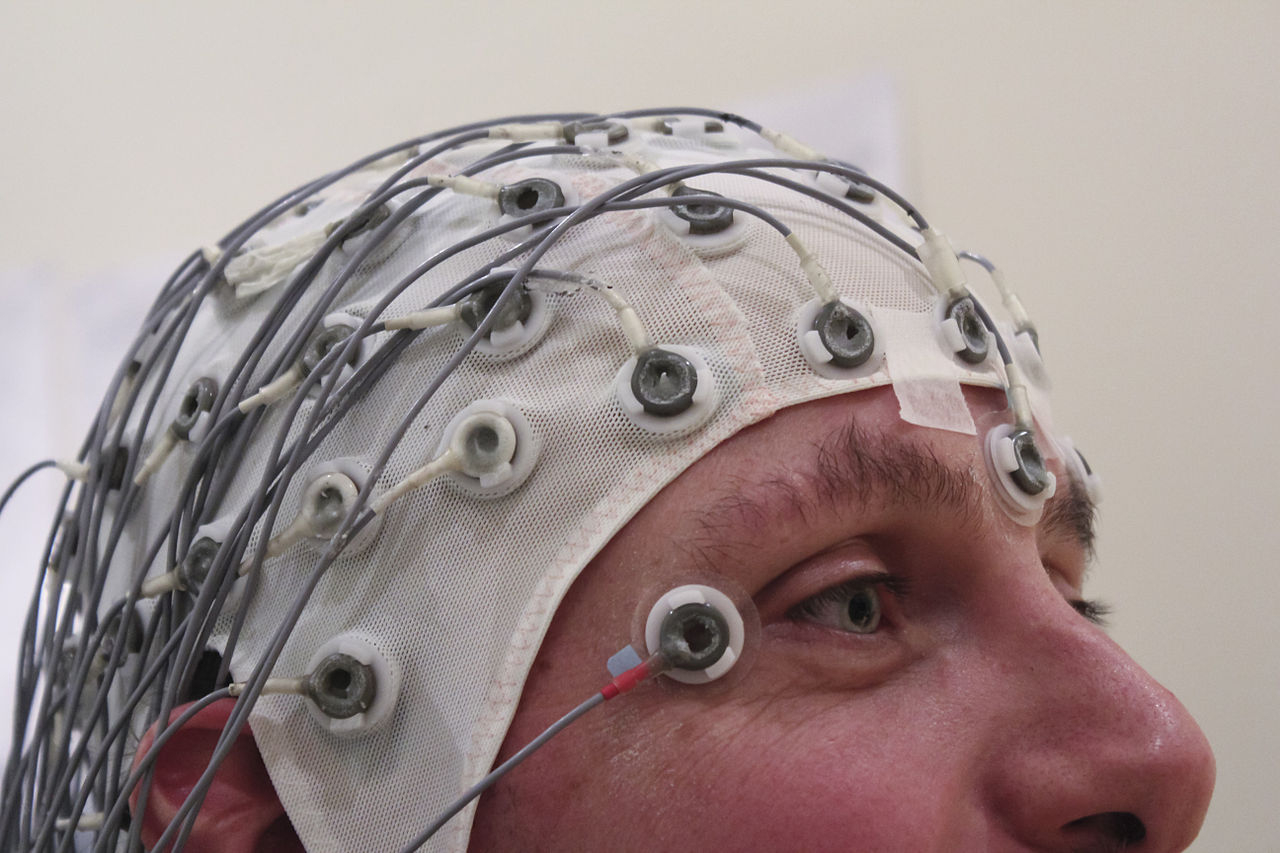Your smartphone can now HEAR an ear infection… makes you wonder what else it hears
11/05/2019 / By Lance D Johnson

One of the newest, most intimate capabilities of the Smartphone is detecting an ear infection. Parents may have a hard time understanding when their child has an ear infection. When an ear infection occurs, fluid builds up behind the eardrum in the middle ear. According to preliminary comparative studies, vaccinated children are over three times more likely to suffer from ear infections (otitis media) than unvaccinated children. Sometimes there are no symptoms and young children may simply tug on their ear and complain that it hurts. According to the National Institutes of Health, ear infections are the most common reason that children are brought in to see the pediatrician.
Researchers at the University of Washington have created a new Smartphone app that utilizes the microphone to detect if there is fluid behind the eardrum. The app, gaining access to the Smartphone’s microphone and speaker, can detect the probability of an ear infection with the same accuracy as current medical standards. To use the app, the person must make a small paper funnel and place the phone’s speaker up to the mouth of the funnel. The type of paper does not matter; the Smartphone can make distinctions in sound, no matter the material. The Smartphone lets off a series of soft chirps and then listens in to the echoing sounds. After the continuous 150 millisecond sound waves bounce off the eardrum, they reverberate specific wavelengths that the Smartphone app is able to decipher.
The app’s algorithm detects variance in the outgoing signal and makes a determination on whether there is fluid behind the eardrum. In preliminary studies, the app is 85 percent accurate. The app can be used at home to make quick diagnoses and help parents decide what they need to do next.
“Designing an accurate screening tool on something as ubiquitous as a smartphone can be game changing for parents as well as health care providers in resource limited regions,” said co-author Shyam Gollakota, an associate professor in the UW’s Paul G. Allen School of Computer Science & Engineering. “A key advantage of our technology is that it does not require any additional hardware other than a piece of paper and a software app running on the smartphone.”
Because apps like these can make precise biological determinations by interpreting sound waves, what else are they capable of hearing and analyzing from your body? What intimate data are these apps gleaning about your health, with and without your consent?
The microphone and speaker on your Smartphone is a data collection tool
The microphone that is built into your Smartphone is not just some benign speaker used for private communication with friends, family, and colleagues. No, you may be interacting with your Smartphone’s microphone in multiple ways, giving countless institutions access your microphone and therefore the content of your private life. Just as the camera feature can be hacked and exploited, the microphone feature is more than a private speaker. It is also a tool for data collection — a listening mechanism that can relay intimate details about your life. The content it hears can readily be converted to text and analyzed by algorithms.
After collecting information about you, entities like Google and their ad partners use artificial intelligence to understand your data and predict your spending habits, voting preferences, health issues, and living patterns. This information can be shared with multiple third parties and further analyzed to understand your interests, behavior, and psychological patterns. Using your private information to their advantage, these entities will use ads, search suggestions, auto feeds, and suggested news feeds on your Smartphone to manipulate you without your knowing. As Smartphone apps make your life more interesting and easier to navigate, they also glean information about your private life and make you vulnerable.
Sources include:
Tagged Under: Big Brother, dangerous tech, detection, ear infections, health information, information sharing, listening device, Orwellian, privacy, privacy watch, smartphone, Smartphones, surveillance, tech dependence, technology concerns
RECENT NEWS & ARTICLES
COPYRIGHT © 2017 INFORMATIONTECHNOLOGY.NEWS


















